The iPhone XS & XS Max Review: Unveiling the Silicon Secrets
by Andrei Frumusanu on October 5, 2018 8:00 AM EST- Posted in
- Mobile
- Apple
- Smartphones
- iPhone XS
- iPhone XS Max
Camera - Daylight Evaluation: Zoom and Scenic
The iPhone XS’ come with a brand-new camera module: Apple has increased the sensor size of the main camera sensor by upping the pixel pitch from 1.22µm to 1.4µm. This increases the actual area of each pixel by 48%, which means it equivalently increases the light collection capabilities of the sensor.
Apple hadn’t changed the lens system, and because the sensor is now bigger, it means that the effective field of view has increased, reducing the focal length from a 35mm equivalent of 28mm down to 26mm. Apple didn’t really talk much about this during the keynote nor in the marketing materials of the phone, however I do find it as a great positive of the phone, as in everyday shots you just get more scene to work with, something that makes a lot of sense given the continued inclusion of a 2x telephoto lens.
SmartHDR as Apple calls it, is a new HDR system on the new iPhone XS’. The phone will now capture two subsequent pictures, one at high exposure, and one at low exposure, and apply proper processing to create a natural looking high dynamic range image.
[ iPhone XS ] - [ iPhone X ] - [ iPhone 7 ] - [ iPhone 6S ]
[ Galaxy Note9 ] - [ Galaxy S9+ ] - [ Galaxy S8 ]
[ LG G7 ] - [ LG G6 ] - [ LG V30 ]
[ OnePlus 6 ] - [ Mi MIX2S ] - [ Pixel 2XL ]
[ P20 Pro ]
Starting off with the first scene, I’m actually surprised just as how many phones still have trouble with such a shot and in getting a correct photo exposure. The difficulty in this shot in bright sunlight and clear skies, is that a lot of phones will apply their HDR processing and overdo it in terms of bringing down the highlights of the trees, resulting in outright muted colours that just look odd and more something you’d expect from an overcast day.
The iPhone XS performs excellently in this regard, as it’s able to properly maintain the bright sunlit foliage throughout the scene – something the vast majority of other phones had trouble with. Previously I was a fan of the OnePlus 6’s HDR processing, and the V30 also produced great pictures (Something that the G7 couldn’t reproduce).
The improvements of the iPhone XS over the iPhone X are less so in the highlights, but more in the shadows of this shot. The XS just manages to retain a significantly more details in the dark areas.
In terms of detail retention, the iPhone XS might be a bit better than the X. On the left side of the picture I had quite some blurring on the iPhone X, I’m not sure if this is due to shake or optics, something we can verify in later shots.
In terms of the 2x telephoto lens, the iPhone XS sees huge improvements over the iPhone X. While last year’s iPhone had significant issues in terms of colour reproduction on the zoom lens, the iPhone XS’ result is much more akin to the main sensor’s image. There’s an outstanding difference in colours as well as increased detail retention in the shadows. Other 2x zoom phones also have great difficulty in terms of their HDR processing, and it looks like the XS’ new processing puts it at the forefront in this shot.
[ iPhone XS ] - [ iPhone X ] - [ iPhone 7 ] - [ iPhone 6S ]
[ Galaxy Note9 ] - [ Galaxy S9+ ] - [ Galaxy S8 ]
[ LG G7 ] - [ LG G6 ] - [ LG V30 ]
[ OnePlus 6 ] - [ Mi MIX2S ] - [ Pixel 2XL ]
[ P20 Pro ]
Moving onto the next shot, we have again a scenic shot brightly lit up by the sun. Here it’s a lot harder to see the difference between the iPhone X and the new XS – other than the wider field of view of the new module. Both phones do well, although I feel like Apple’s reducing the highlights on the buildings just maybe a bit too much, not properly conveying the brightness of the scene. I feel Samsung is doing better in this regard, but they might overdo it. OnePlus 6’s processing is again a sweet-spot in-between, I feel.
Again on the left side of the image we see some significant chromatic aberrations on the iPhone X, and the XS is able to provide sharp details up until the very edges of the frame, meaning Apple seems to have improved the quality control on the lens glass.
Detail-wise, the main shooter is on par with the iPhone X and this year’s Galaxy phones, with relatively minor differences between all the phones.
Again on the telephoto lens, the XS improves on the X, even when not quite as evident in this shot. The colour balance is better, and the contrast between highlights and shadows is mode defined.
[ iPhone XS ] - [ iPhone X ] - [ iPhone 7 ] - [ iPhone 6S ]
[ Galaxy Note9 ] - [ Galaxy S9+ ] - [ Galaxy S8 ]
[ LG G7 ] - [ LG G6 ] - [ LG V30 ] - [ OnePlus 6 ]
[ Mi MIX2S ] - [ Pixel 2XL ] - [ P20 Pro ]
We continue on, and again here we see the main improvements of the iPhone XS’ processing is much better retention of shadow detail and contrast.
This is also the first shot where the XS has an evident advantage in detail over the X: The new phone had a mere 1/2257th second exposure, shorter than the iPhone X’s 1/1621th second one. Beyond the improvements in the shadows, there’s also a lot more detail overall in the scene. Notice how the brickwork on the cathedral tower is a lot more defined on the XS.
In terms of competition, Samsung is able to get even more details out of the shadows and produce a brighter image overall. While the iPhone XS isn’t the best in terms of bringing out the shadows across the phones, it gives an excellent balance between brightness and image sharpness.
[ iPhone XS ] - [ iPhone X ] - [ iPhone 7 ] - [ iPhone 6S ]
[ Galaxy Note9 ] - [ Galaxy S9+ ] - [ Galaxy S8 ]
[ LG G7 ] - [ LG G6 ] - [ LG V30 ] - [ OnePlus 6 ]
[ Mi MIX2S ] - [ Pixel 2XL ] - [ P20 Pro ]
The exposure and colour balance between the XS and X is very similar in this shot. Only again in the shadows does the XS bring out more details. The red chair is a good example of how the wide gamut capture of the iPhone’s can really distinguish themselves from the competition – unfortunately if you don’t have a proper display to showcase this one, it’ll result in toned down colours. Least to say, it looks really iridescent on the iPhone XS’ display.
[ iPhone XS ] - [ iPhone X ] - [ iPhone 7 ] - [ iPhone 6S ]
[ Galaxy Note9 ] - [ Galaxy S9+ ] - [ Galaxy S8 ]
[ LG G7 ] - [ LG G6 ] - [ LG V30 ] - [ OnePlus 6 ]
[ Mi MIX2S ] - [ Pixel 2XL ] - [ P20 Pro ]
In this shot, we again see more shadows than in the iPhone X. The iPhone produces a tad lower exposure than the S9, Note9 and OP6 – however I do understand why this is as the sun against the building really blows out on those phones, but I do think the foliage on the competition looks a bit better. Maybe something in-between would have been the best result. I like the Note9’s processing here a tad more, while detail wise both the phones are neck-in-neck.
[ iPhone XS ] - [ iPhone X ] - [ iPhone 7 ] - [ iPhone 6S ]
[ Galaxy Note9 ] - [ Galaxy S9+ ] - [ Galaxy S8 ]
[ LG G7 ] - [ LG G6 ] - [ LG V30 ] - [ OnePlus 6 ]
[ Mi MIX2S ] - [ Pixel 2XL ] - [ P20 Pro ]
In this shot, while the iPhone XS has more contrast in the shadows, it actually seems to lose a bit of detail versus the iPhone X – something you can see in the darker brickwork on the left bridge. In other parts of the scene, the XS is superior, and resolves a lot more detail in the barks of the trees on the right.
Samsung and OnePlus both had less issues in the shadow-cast bricks, and both provided an overall brighter image, although if that’s a positive is a thing of preference. Personally I do prefer the OP6’s HDR a lot here as it just does a better job on the brickwork.
[ iPhone XS ] - [ iPhone X ] - [ iPhone 7 ] - [ iPhone 6S ]
[ Galaxy Note9 ] - [ Galaxy S9+ ] - [ Galaxy S8 ]
[ LG G7 ] - [ LG G6 ] - [ LG V30 ] - [ OnePlus 6 ]
[ Mi MIX2S ] - [ Pixel 2XL ] - [ P20 Pro ]
Hopefully we’ve had enough sunlit scenes for this page, so moving on to more levelled scenarios.
The very first thing that pops out in this image between the iPhone XS and the iPhone X is that the XS no longer blows out the sky, and we actually see some blue.
While overall exposure and colour balance in the scene is similar, detail retention on the iPhone XS is significantly better. Here the XS is able to resolve cracks and textures on the walls that were invisible to the X.
While the XS stands out against the X in terms of details, it still falls behind the Samsung phones as both the Note9 and S9 do better on the textures of the buildings.


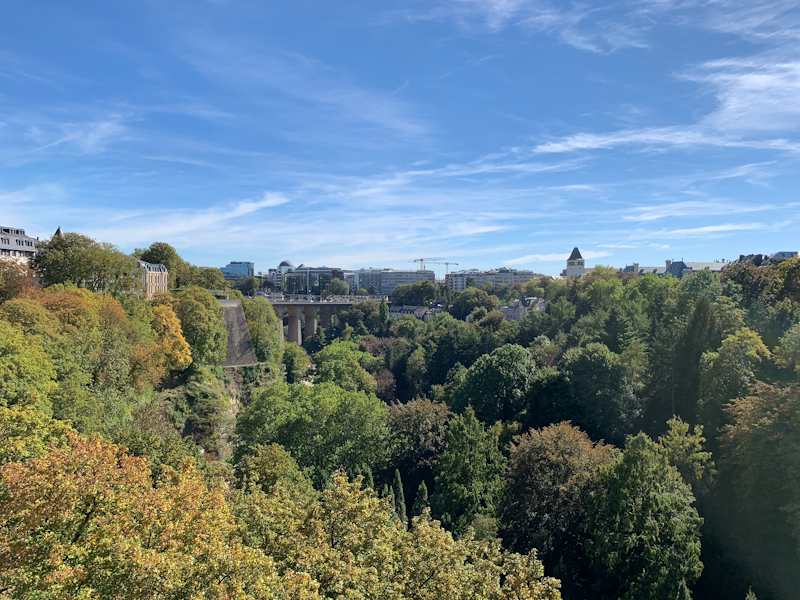
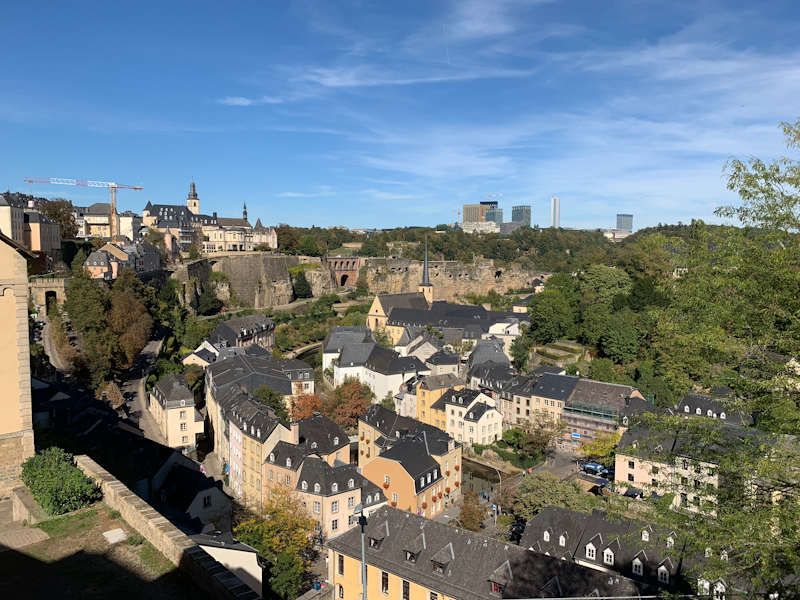
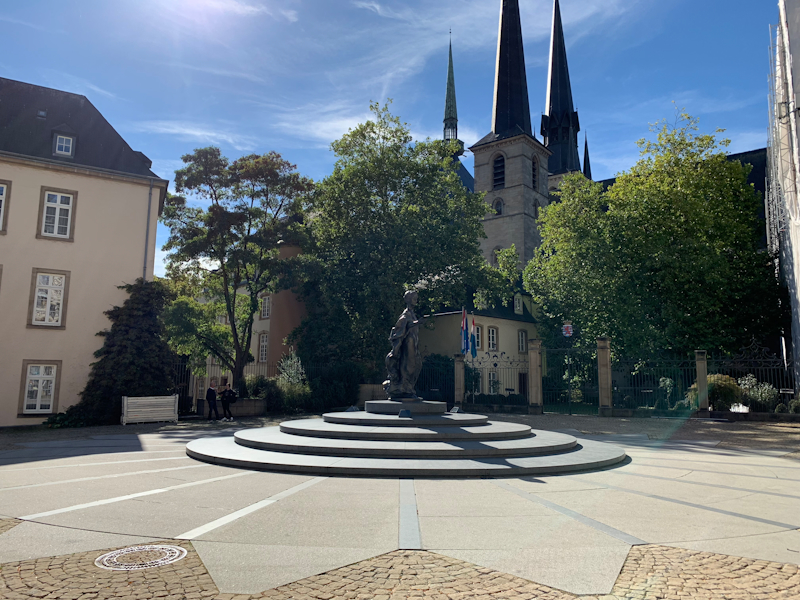
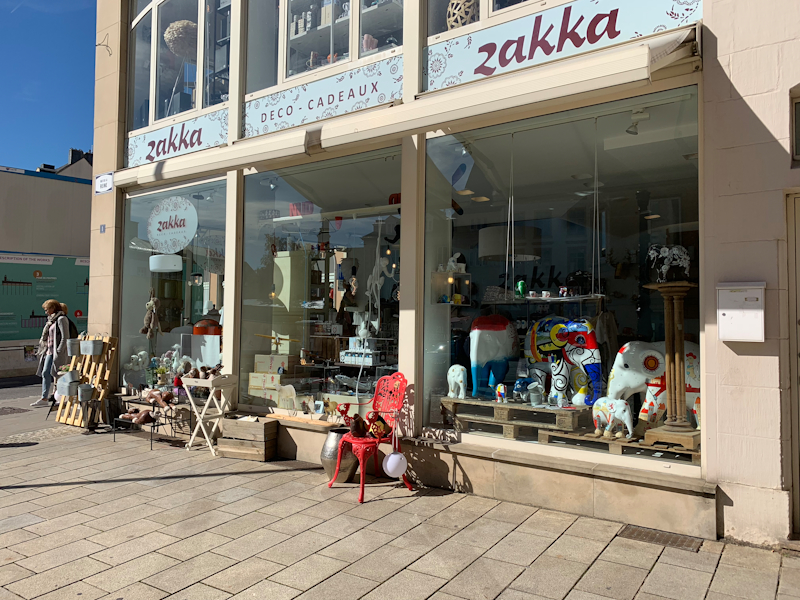

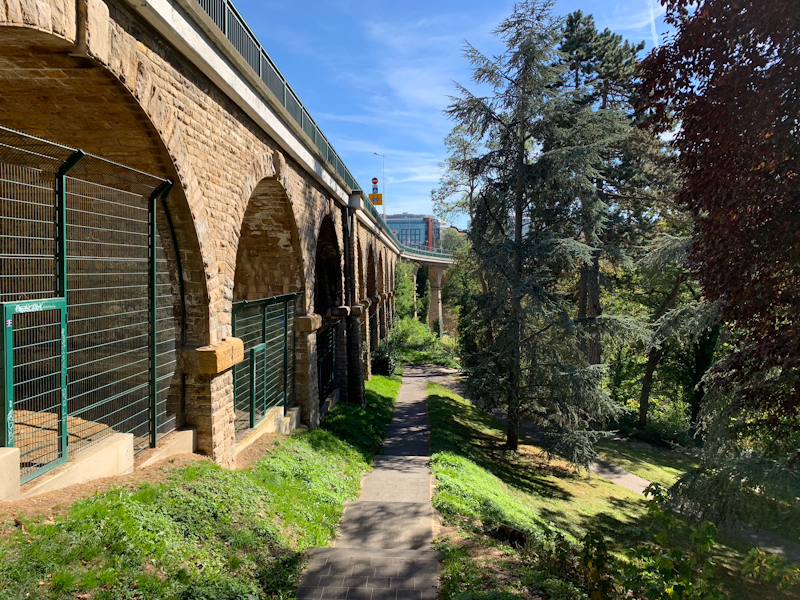
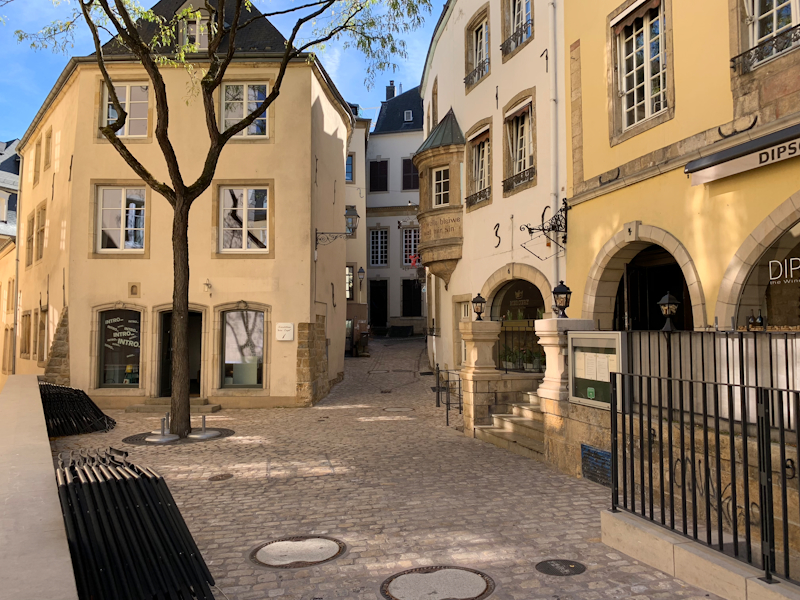








253 Comments
View All Comments
FreckledTrout - Friday, October 5, 2018 - link
Pretty typical with any high end products. The top 10% pave the way for the rest to have these products at a reasonable price a few years later. You can get an iPhone 7 pretty cheap now.MonkeyPaw - Friday, October 5, 2018 - link
It’s still cheaper than my first PC, a 486sx2 running at 50mhz. RAM and hard drives were still measured in megabytes, and the internet made noise before connecting and it tied up your phone line when you used it. There has also been about 20 years of inflation. Flagship smartphones are expensive, but they sure do a lot. That doesn’t mean I’m buying one, but we’ve come a long way in my hopefully-less-than-half-a-lifetime.keith3000 - Friday, October 5, 2018 - link
OMG! Exactly what I was thinking as I read this review on my $225 T-Mobile Rev VL Plus. I may not be able to afford such a technological marvel as the iPhone XS MAX, but I bet I get anywhere from 80-to-90% of the overall functionality for one-fifth the price. I've bought many premium smart phones over the years, starting with the HTC EVO 4G LTE many years ago, followed by Samsung Galaxy S3, then the S4, and even the gigantic Asus Zenfone 3 Ultra. Each phone was better than the one before, and yet each were major disappointments to me for various reasons which I won't go into here. Suffice to say that the ever increasing cost of each phone raised my expectations about what they should be able to do, and thus contributed to my sense of disappointment when they failed to live up to the hype. So when the Zenphone 3 crapped out on me after less than a year of use and I saw this cheap Rev VL Plus, I decided to stop wasting so much money on these overpriced devices and buy something that wouldn't leave me feeling robbed or cheated it it didn't turn out to be the "next best thing". Now, after almost a year of use, I feel like it was a good decision. And if something better comes along in a few months at a similar price point, I can buy it without feeling remorse for having wasted so much money on a phone that didn't last very long. So all you 10-percenters - go ahead and throw away $1,200 on a phone. I'm quite content to have a 2nd rate phone and save a thousand dollars.ws3 - Sunday, October 7, 2018 - link
You say you spent $225 on your phone less than (but almost) a year ago and then say that you would be willing to replace it immediately if some other phone interested you. So you are apparently willing to spend around $225 for one year of ownership of a phone.By this metric you should be willing to spend $1000 on a phone provided you keep it for 4 years or more.
Now it may the the case that you don’t want to keep any phone for four years, and so the iPhone X[S] is not for you. But here I am with an four year old iPhone 6+, that still works great (thanks to iOS 12). I similarly expect the iPhone X[S] to be good for four years at least, so, although I am not a “10%er”, I am seriously considering purchasing one.
It’s simply a fallacy to assert that only the wealthy would be interested in the latest iPhone models.
FunBunny2 - Sunday, October 7, 2018 - link
"Now it may the the case that you don’t want to keep any phone for four years, and so the iPhone X[S] is not for you. But here I am with an four year old iPhone 6+, that still works great (thanks to iOS 12). "ergo, Apple's problem. unfulfilled TAM for iPhones is disappearing faster than kegs at a Georgetown Prep gathering. keeping one longer than a cycle is a real problem for them. they will figure out a way to stop such disloyalty.
ex2bot - Sunday, October 7, 2018 - link
They’ll find a way, like supporting the 5S and later with iOS 12. /sicalic - Friday, October 5, 2018 - link
Hi Andrei Frumusanu,Thanks for extraordinary review of iPhone Xs!
in page one you said A12 GPU 4-core "G11P" @ >~1.1GHz, i have several question.
1. how do you estimate that clockspeed?
2. if you know that clockspeed can you estimate how many GFLOPs FP32 and FP16 on A12 GPU?
syxbit - Friday, October 5, 2018 - link
Great review of the SoC.Please, when you review the Pixel 3, or (in 2019), updated Snapdragons, hold them to this bar.
I get really frustrated when I see your (or other) reviews complimenting the latest Snapdragon even though they're miles behind the Ax.
As an Android user, I find it very unfortunate that to get my OS of choice I must get inferior hardware.
edzieba - Friday, October 5, 2018 - link
Phone reviews are a review of the phone, not just the SoC.syxbit - Friday, October 5, 2018 - link
I know that, but the SoC is the area where Apple are completely dominant.